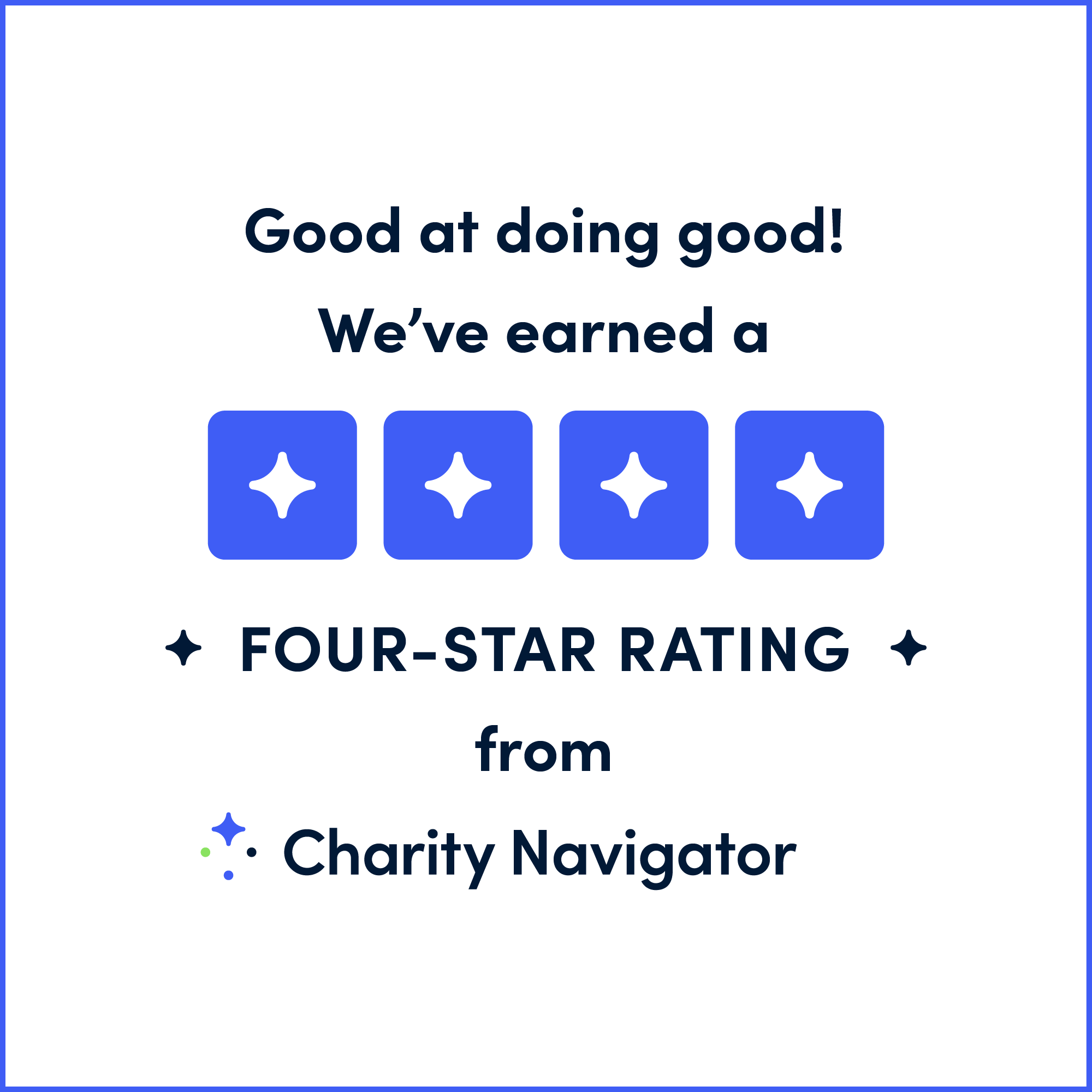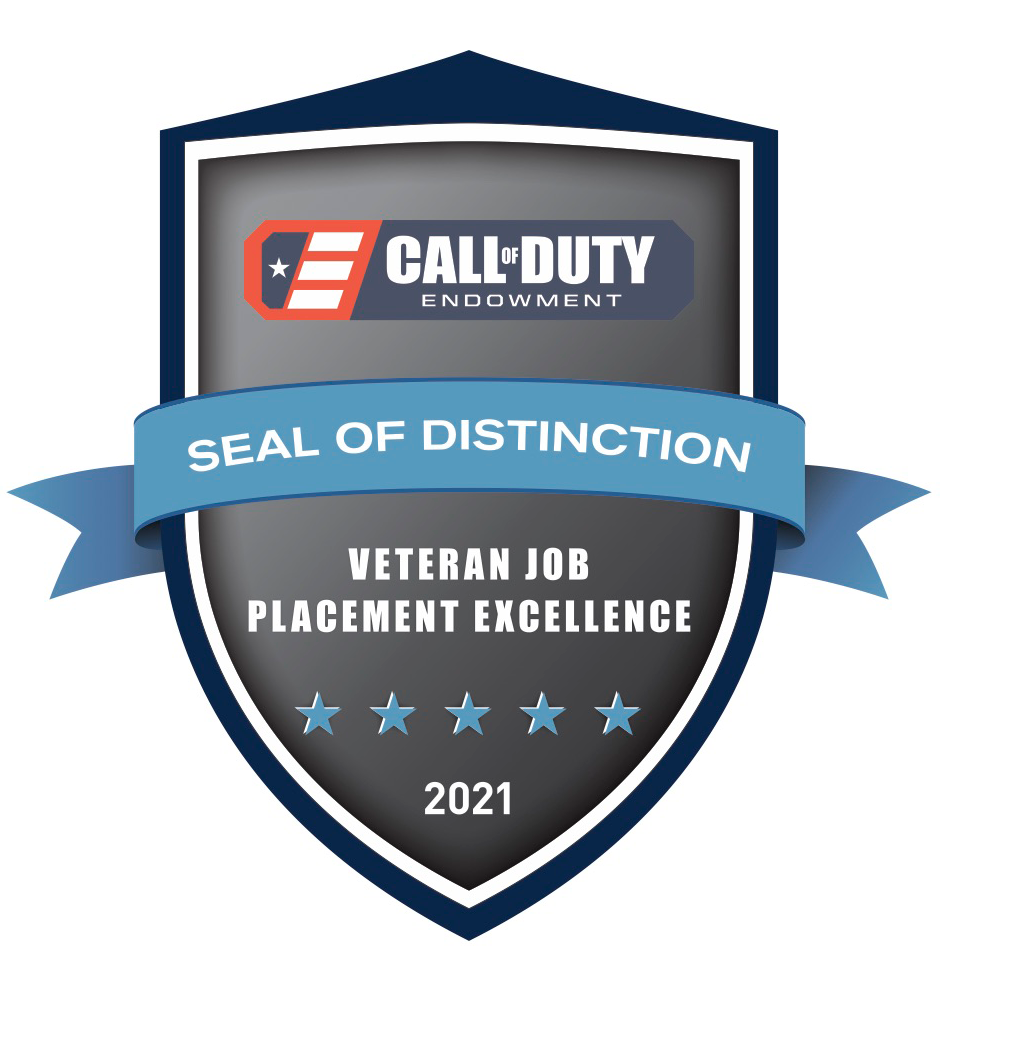Veterans, Take Note: Here's How to Translate Your Military Experience to a Civilian Resume

As a member of the United States military, you’ve cultivated valuable skills and have a lot to offer the civilian workforce. But how do you get that message across when applying for jobs? According to Colleen Deere, the executive director of American Corporate Partners—a New York City-based nonprofit that offers career counseling to veterans as they transition to the civilian workforce—the key is knowing how to transform your military experience into a resume that hiring managers and recruiters will understand.
“You only have about 30 seconds to impress the person reading your resume,” Deere says. “They aren’t going to do the work of researching your military jobs to figure out what they mean, so make sure to put the prep work in up front.”
Remember, it’s not a question of whether you have valuable transferable experience (you do!), but rather whether you’re able to explain that experience in a way that will make sense to a civilian hiring manager. Here’s how to do just that.
Focus on the Right Things
When considering how your military experience translates, “we always advise veterans to describe their accomplishments rather than simply outlining their previous job descriptions,” Deere says.
To start, make a list of everything you accomplished during your time with the military. For example, did you earn a promotion? Help execute a new initiative? Assist with training? Then, highlight the achievements that feel most relevant to the particular job you’re applying for. Being selective will also help you avoid making a mistake that Deere often sees: cramming too much onto the page. “One of the most common challenges for veterans to overcome is their desire to list every single duty assignment, which very few hiring managers will take the time to read,” she cautions.
Spotlight Your Transferable Skills
Skills like leadership, teamwork, training, communication, problem solving, and adaptability will all serve you well in a civilian workplace and should be highlighted on your resume. But determining what aspects of your military experience will show off those skills is admittedly more of an art than a science—and it’ll depend greatly on what type of job you’re pursuing. The best indicator of transferable skills can usually be found by browsing job descriptions.
Just bear in mind that you may need to zoom out a bit to find a skills match. For example, if you’re interested in customer service positions and most of your military experience was in the infantry, it might be challenging to find areas of overlap. But, if you take a step back, you’ll note that both require patience, following instructions, interacting with teammates, communication, and problem solving. A bullet point on a resume might say, “Collaborated daily with a diverse team of 25 people to resolve or complete 60 complex initiatives with a 98% success rate.”
Translate Terms Into Civilian Language
Some positions, such as those in combat, can be harder to quantify. In those cases, it’s important to put the job into terms that any lay person could understand. For example, if you were responsible for property and equipment, you might say, “proactively maintained and repaired six vital IOT-enabled pieces of equipment, ensuring operational efficiency for 300+ team members.” Or if you worked under stressful conditions, you could say “cultivated strong attention to detail under stressful conditions, successfully completing 23 initiatives while juggling multiple competing priorities.”
If you can translate your actual job titles into civilian terms, it’s worth including both on your resume. “This can work well in some cases, like Team Lead instead of Squad Leader, or Operations Manager instead of Operations NCO,” says Deere. Here’s what it might look like:
Squad Leader (Team Lead) | United States Air Force | May 2013 - July 2019
(You’re in luck if you had a position like Army medic or Navy HR officer because both the titles and responsibilities are straightforward.)
Lastly, don’t forget that the military has a language all its own and most civilians won’t understand the acronyms and jargon. So, do your best to simplify or translate whenever possible. A tank might be an “operational vehicle” or a piece of “equipment,” a mission might be better described as an “initiative” or “project,” and reconnaissance might be “data collection” or “research.”
Pick the Right Format
The most common (and recruiter-approved) resume format is the single-page chronological layout, which displays experience in descending order starting with your current or most recent job. It also generally includes a brief summary of your experience, a list of your technical skills and education or training, and your interests or volunteer work. You’ll find a fantastic guide (with an example) here.
If you’re looking to make a more substantial career pivot, a functional resume might be a better option, since these layouts allow you to more prominently feature your most relevant skills and experience separate from your work history. A functional resume does have some drawbacks, however—namely that recruiters typically prefer a chronological format. (Because functional resumes are more often favored by candidates with less conventional work histories, some recruiters may unfairly screen out applicants who use them, assuming that they don’t have the right skills for the job.) You can read up on functional resumes (and see an example) here.
Need something in the middle? Try a combination resume. This format combines the traditional appeal of a chronological layout with the flexibility of a functional version, and can be a “best of both worlds” option if you have a mix of directly transferable skills and less conventional experience.
Know the Basics
Here are a few tried-and-true fundamentals you’ll want to incorporate into your resume.
1. Write a Summary
Summaries are a great way to help a prospective employer understand where you’re coming from and what you’re hoping to do next. “It’s like an elevator pitch. If you have only 30 seconds to explain who you are, what would you say? What makes you stand out and what do you bring to the table?” Deere says. It doesn’t need to be long—just two or three lines—but it can make a big difference. Use this simple formula as you write your own:
[Relevant traits] + [former job title] eager to leverage [transferable skills/areas of expertise] to [outcome] within a [target job title] role in the [target industry] space.
Here’s what that might look like:
Adaptable, team-oriented former Army operations specialist eager to leverage strong communication skills, resilience under pressure, and enthusiasm for technology to generate viable sales leads and drive new business within a BDR role in the SaaS space.
2. Keep it to a Single Page
Recruiters often receive hundreds of resumes every day, so they simply don’t have time to read every single line. That’s why it’s important to keep your resume short, sweet, and relevant. So, if something doesn’t pertain to the job you’re applying for, leave it out. Sticking to more recent experience (within the last 10 years) is another great way to keep the length down.
3. Create Clearly Defined Sections
Recruiters love resumes that are visually scannable, and individual sections—summary, experience, education, etc.—will make your resume much more appealing. Use caps or a bold font or underline the title of each subsection to make it easier to read.
4. Write Well-Crafted Bullet Points
Bullet points are the most effective way to clearly and concisely explain your experience. They consist of a few key ingredients: a compelling verb (directed, resolved, led), a brief description of the job duty, specific metrics (team of 35, month-long, six-part), and the result (if applicable)—all contained within one to two lines of text.
For example:
Installed and maintained 100+ communication devices across six locations, connecting more than 400 team members and ensuring operational efficiency.
5. Read up on Keywords
Most resumes pass through an applicant tracking system (ATS) that scans each application before it reaches an actual recruiter. If your resume doesn’t have enough of the right keywords, it might get automatically screened out. Sites like JobScan can help you determine which keywords to include, depending on the posting.
6. Include Relevant Technical Skills
As you browse job postings, make a note of the technical skills each requires. You’ll often see Microsoft Office Suite (Word, Excel, PowerPoint, Outlook), Google Drive (Gmail, Docs, Sheets), Mac/PC, and even social media platforms like Twitter or Instagram. If you have strong experience with any of the technologies mentioned in a given description, be sure to list it on your resume.
7. List Awards, Education, and Training
Resumes are meant to showcase your abilities and accomplishments, so there’s no need to be modest here. Awards and education always translate well.
Reach Out to Your Resources
Transitioning from a military career to a civilian job can feel understandably overwhelming, but you don’t have to do this alone. “Talk to other veterans who have successfully made the transition and ask to look at their resumes,” Deere suggests.
Your civilian friends and family members are also great resources. Deere recommends talking to them (or better yet, showing them your resume if you have a rough draft ready to go!) about what you did in the military and noting down what they struggle to understand about your duties. That should be a good indicator of where a recruiter or hiring manager might be confused, and will help you to identify the areas of your resume that need to be tweaked. And don’t be shy about coming back to your support network with a new or revised version. It’ll likely take you a few tries to get it just right.
You can also partner with a career advisor or resume writer for additional support. They’ll know what hiring managers are looking for and can help you bridge the gap between military terminology and civilian workplace lingo.











